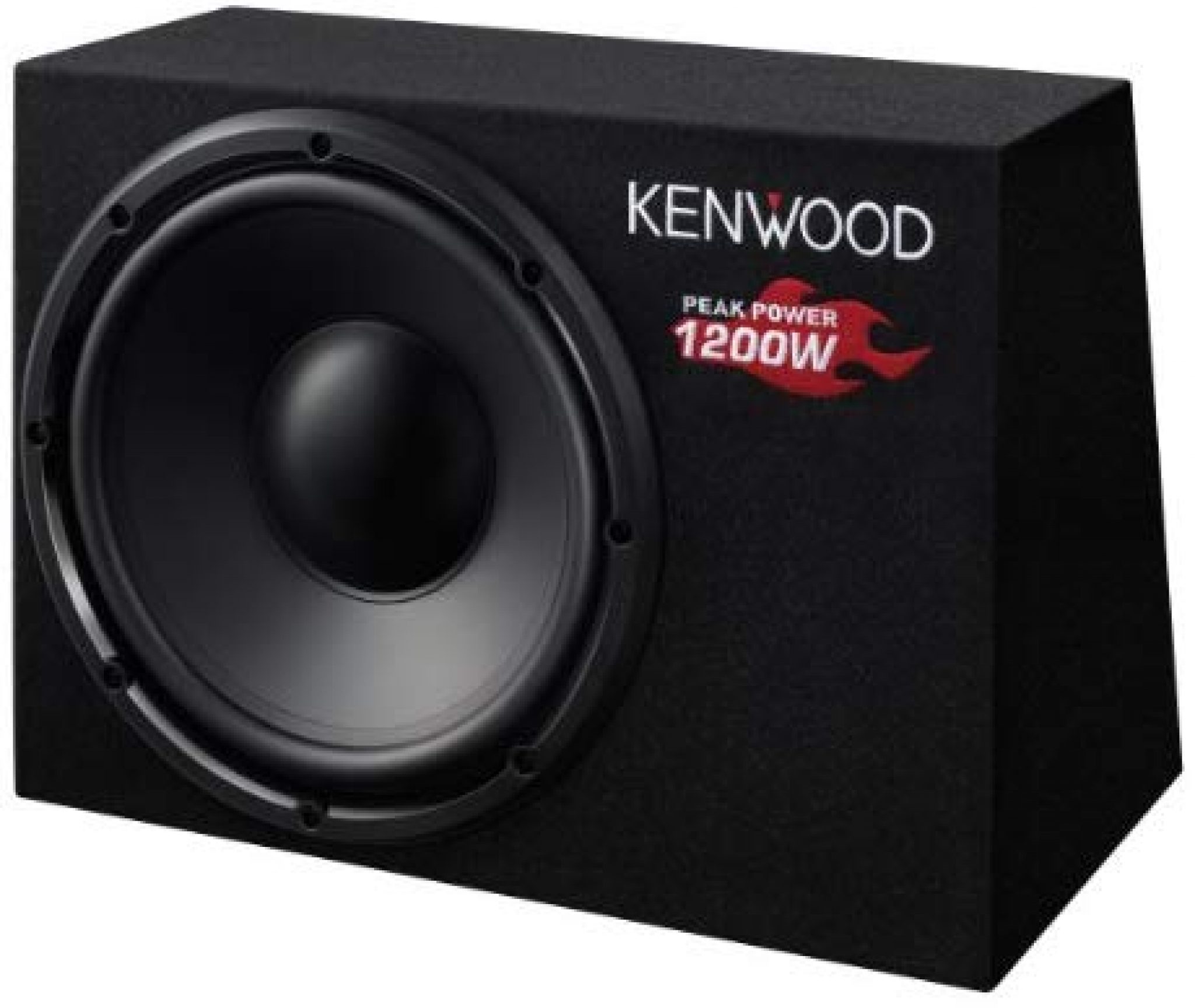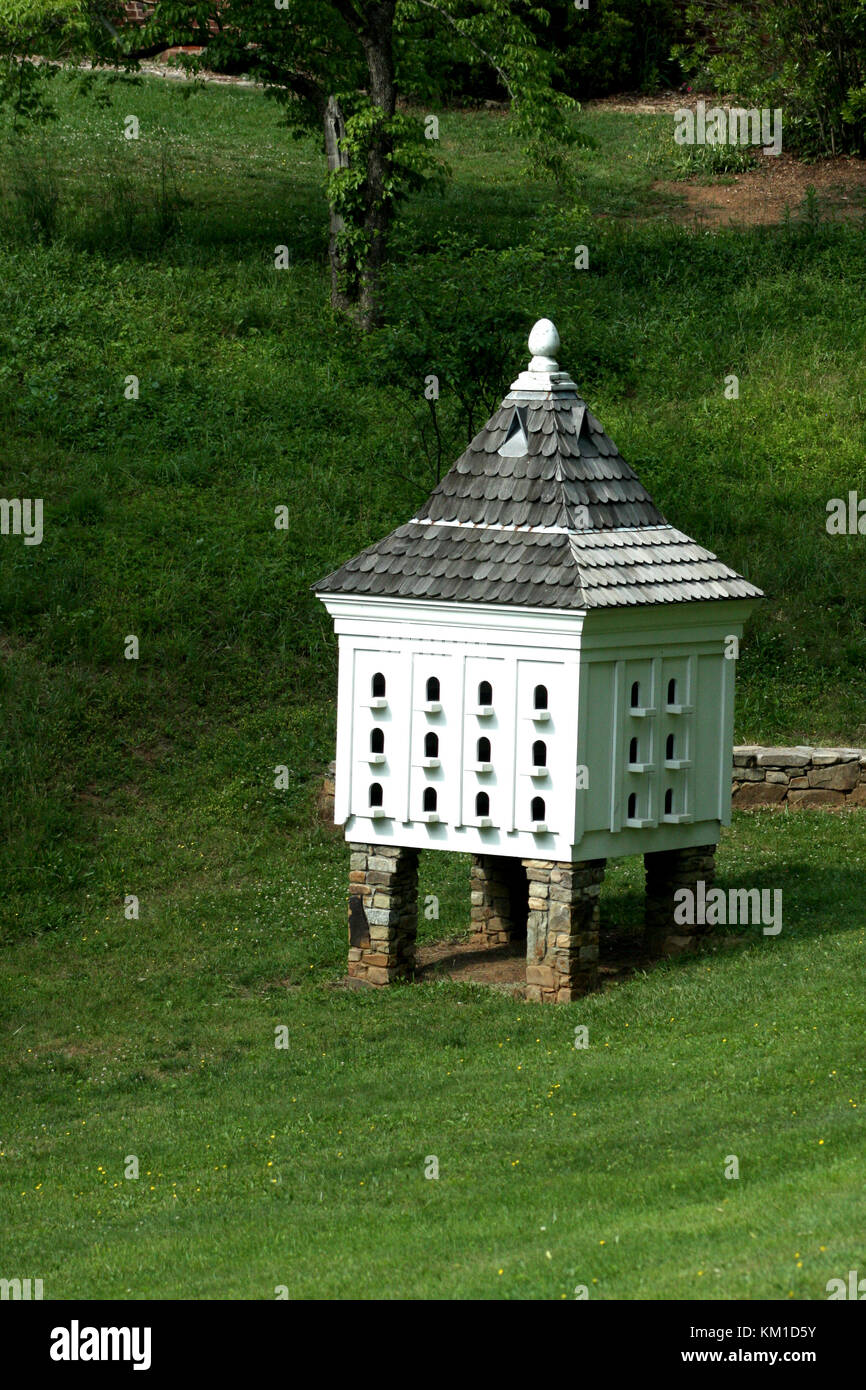Table of Content
These drives will allow NAS makers to fit more drives into their chassis, which means more long-term storage capacity. In this age of high-resolution photos and near-constant video capture, the storage space in your PCs and mobile devices fills up faster than ever. There are ways to allow other users to share and access the files on your hard drive, but they can be challenging to set up and carry security risks.
The Intel Apollo J3355 CPU is brilliant at even more intensive applications. The operating system is a little behind the times compared to the competition. It’s good enough for running a NAS at home, but you may encounter some questionable design choices, though these are expected to be addressed in future OS updates. The best part about Synology NAS compared to the competition is the operating system.
The Best NAS (Network Attached Storage) Devices of 2022
You get two of those licenses for free, but beyond that you have to pay $50 per camera. QNAP, along with most other NAS makers, has the same licensing system. You get quick access to every package you install with DSM's drop-down menu. We used a Kill A Watt EZ to test the power consumption on each NAS when it was performing a task , when it was idle, and with its energy-saving options enabled.
We tested the Asustor AS5202T two-bay NAS and the Asustor AS5304T four-bay NAS and compared them with the latest from Synology and QNAP. Although both of them were competitive on our performance tests, included dual 2.5 GbE ports, and had longer, three-year warranties, the Asustor models’ ADM administration interface wasn’t quite as polished. The admin interface features a red motif and a dragon logo that feels more at home on a gaming PC than on a home-office NAS. Also, we dislike that Asustor buries security-fix info in its ADM update notes. Centralized access to updates makes it easier to react to malware threats as they are discovered. Because most NAS devices ship diskless, you have to provide and install your own drives.
Best NAS 2022: For home, Plex, work, and budget
But as the NAS offerings from vendors like Synology, QNAP, and Drobo got better, the need to build my own diminished. I also had a ton of other projects to work on, and delegating NAS building to others saved me some time. While the devices here aren't the identical ones tested in the lab , these all reflect the technology from each vendor. In addition, I'm using devices from three of the four vendors recommended here on a daily or weekly basis, so I have alotof experience with how well they work. It doesn't matter if it's earthquakes or hurricanes or some other form of disaster; it's likely that your drives will be at risk, at least part of the time.

The most impressive performance feature, however, is the two M.2 NVME slots. NVME drives you insert into these slots are not used for file storage. So if everyone in the office is working on the same project files, there will be no access contention once that data is cached to the NVME SSDs. While the average computer geek will not be phased by buying and installing drives into a NAS device, most home users looking for network storage solutions typically lack the know-how or time to build a custom unit. The WD My Cloud EX2 Ultra is the perfect solution for those folks to hit the ground running. With two drive bays, you get the most important minimum level of redundancy with RAID 1 support.
Our pick: Synology DiskStation DS218+
The two 2.5Gb networking ports make it easy to transfer data to and from the NAS, and the HDMI port allows you to connect a TV or other device to the NAS for direct media playback (say goodbye to transcoding!). Then there’s the four (yes, four!) M.2 SSD slots that can be used for SSD caching or storage, something that other top NAS brands don’t offer. Two drive bays would normally be too limiting for those who plan to expand at a later date, but the AS6702T supports expansion units.
It offers hardware-based encryption as well, culminating in a 225MB/s sequential read and write performance rating. While NAS devices from companies like Synology offer you a long list of applications and powerful, finely-grained control over your device, Western Digital does not. Instead, you’re presented with basic functions, a limited number of optional apps, and a lot of hand-holding. While power users might see this as a downside, home users who want to get the job done without a course in network engineering will appreciate this ease of use. While it may only have a single drive bay, the DS120j can accept a drive up to 16TB in size.
The information as well as the data may completely be changed after you visit our website or any other provider. We wouldn't call the very best , but they provide options you might want to consider, especially at different price points and bay counts. As with many of my other "best of" lists, this one comes out of my experience. A few years ago, I had the opportunity to bring boxes in from seven vendors and stress test them in the lab. IoSafe builds NAS boxes inside boxes that are, essentially, safes.

Because most of these devices at least have a diskless option, you're really only concerned with overall drive capacity, their interface technology, and how much buying them will add to the overall cost of your NAS. We don't generally recommend NAS drives with just a single bay, unless they are to be used strictly for backing up data that willalsoreside on computers on the network. For example, a typical business scenario might be sharing access to Office files, like spreadsheets and Word documents, with your coworkers and perhaps backing up select office devices on a regular basis. Additional layers of data security and serving files to a relatively large number of users is typically where businesses need to be careful about NAS storage. Asustor designed the Drivestor AS3302T for use as a personal cloud server, but it can also be pressed into service as a web server, a media server, a backup repository, and more by downloading apps from Asustor’s App Central. Its tool-free chassis, magnetic cover, and easy-to-remove drive sleds make installing and replacing drives a snap.
The two drive bays will allow you to store up to 36TB of data without making use of RAID. Finally, there are two 1Gb LAN ports that can be linked together for additional bandwidth. The cheaper the NAS, the less powerful the specifications will likely be. At the bare minimum, you can expect to see an ARM processor, 512MB of RAM, and up to two drive bays.

Some might argue that a NAS with only one drive bay defeats the point of having such a device. However, not everyone who wants a NAS is looking for speed or additional reliability. Synology's DS220+ is one of the best NAS devices around, and perfect for most anyone's needs.
All of the units support Windows, Apple, and Linux clients, but most demand a Windows PC to execute the initial setup and configuration software, and all units integrate with Microsoft's Active Directory. Beyond basic storage, Buffalo and Iomega offer workgroup document indexing and searching, for free. QNAP leads the way in running multiple applications, many of which require the included MySQL. Hosting a database and applications on a NAS unit has not been possible before. LaCie is by far the most stylish device and it offers five, 1TB disk trays for 3.6TB of usable space.
Cloud-based servers are good , but for full-time work-at-home folks, cloud-based servers don't always cut the mustard. If cloud-based servers don't meet all of your storage needs, consider a NAS solution. We selected a handful of devices that passed our reliability torture tests and offer superior usability and feature sets.
Best for Speed
NAS SSDs are faster, but are considerably more expensive and aren’t able to write as much data as HDDs before you encounter issues. The DiskStation DS120j is one of Synology’s most affordable NAS enclosures, but it’s still more than capable as a file storage hub. In case you thought you wouldn’t be able to stream multiple movies at once, think again since this NAS has a rapid 10Gb LAN port as well as two additional 1Gb connections. Then you have two USB-A 3.1 Gen 2 ports and a further single USB-C 3.1 Gen 2 port.

A NAS with four or more bays gives you more storage options than a two-bay NAS does. For starters, you can opt for RAID 5, 6, or 10; those data storage configurations require three or more disks but provide better data protection and can offer better performance. First we set up each NAS following its included install guide, if it had one. We tested ease of use by configuring user and group accounts, as well as file and folder access permissions. We checked to see if the NAS offered a secure cloud service for remote access, which would avoid having to mess with port forwarding and static IP addresses.

No comments:
Post a Comment